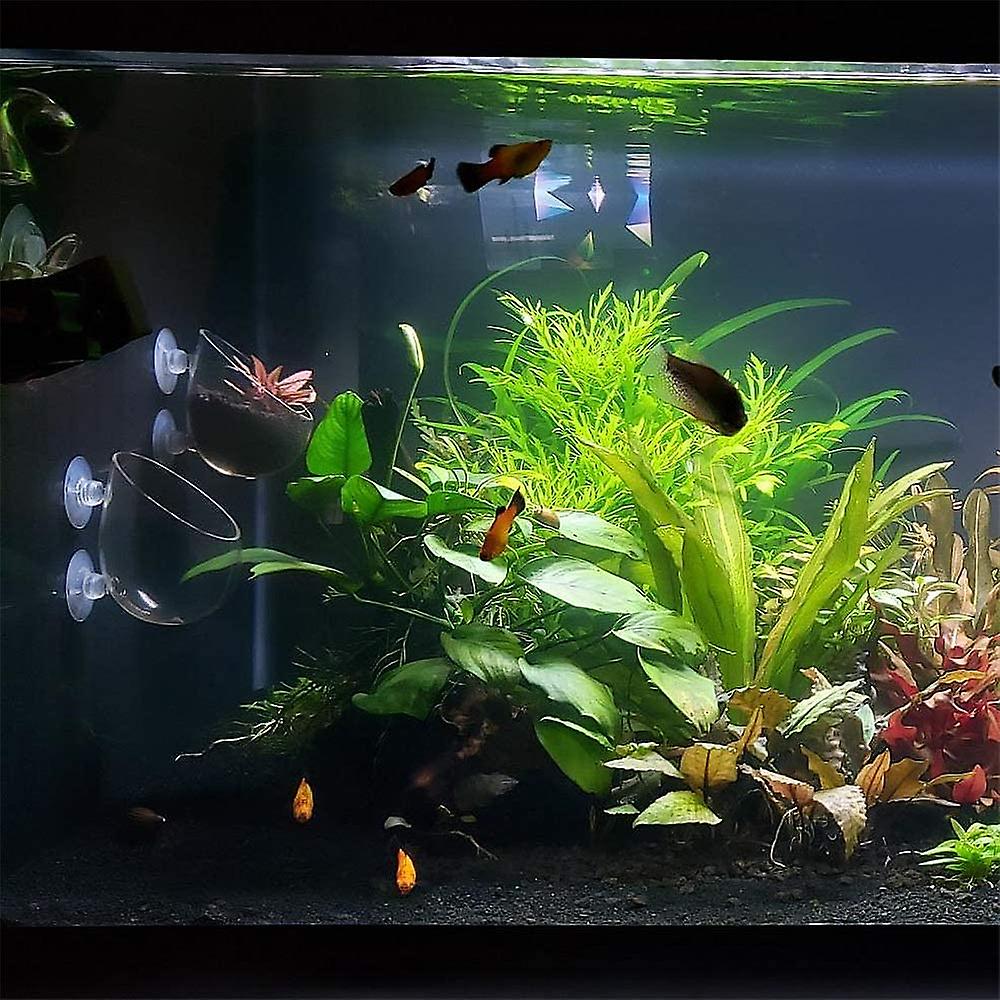An excellent aquascape is a combination of skills. Professional aquascapers, such as Josh Sim of Malaysia and others, employ depth perspective, perspective, and the principles of rock arrangement to create their aquascapes.
Substrate layering gives stability and helps to promote growth of plants. Choose the substrate that best fits your aesthetic and light requirements.
Aquarium Layout Plans
Aquascaping begins with the design of the aquarium. Aquarists choose a theme and then place hardscapes, plants and fish in line with the theme. The theme must also be evident in the choice of substrate.
Every aquarist has their favorite way to design a tank. There are some useful guidelines. For instance, a great guideline is to make the tank’s negative space (space not covered by planting or hardscape) approximately two-thirds of its total surface area. This will create an illusion of depth.
Contrast is a different concept. This can be achieved by changing the shape, size, and color of the various components of the aquarium. This creates a sense depth and draws the eye of the viewer throughout the entire scene. Focal points, for example an enormous piece of driftwood, or a unique-shaped rock, are used to grab the attention of viewers and serve as anchors for the whole aquarium layout. With these basic guidelines, aquarists can build an amazing aquarium that takes the visitor into a captivating underwater world.

Substrate
Substrate is a material that covers the bottom of an aquarium be hai san. It may influence the growth of plants and also aesthetics. There are a variety of alternatives available, from vibrantly colored substrates that match a castle or mermaid theme for aquariums for kids, to the more natural brown gravel which blends in with the aquatic plants and driftwood. When selecting a substrate for your aquascape it is important to consider the size of the particles, their color, and reactivity to the water, and the effect it has on your fish.
In general, you should choose a substrate which is not too thick. A thick substrate could hinder the growth of plants, cause clogging of filters, and be difficult to clean. Color is a matter of individual preference. The bright colors of the substrate can make lighter-colored fish stand out, but can make some fish frightened. Dark substrates will enhance the color of fish, and are best for fish with darker color. You can also create a “decreasing in size” arrangement of the substrate, scaping the primary point rocks and driftwood with larger material, then using smaller gravel to cover the remainder of the substrate.
Aquatic Plants
The aquatic plants do not just give an aquarium a natural look however, they also absorb ammonia and provide oxygen for fish and other invertebrates. A variety of fish species use them for spawning sites as well as a shelter. They also aid in reducing algae growth, and also stabilize the pH levels of the tank’s the water.
The best way to select the appropriate aquatic plant for your tank is to visit an aquarium retailer that has live plants available. Avoid retailers which sell non-aquatic plants in their aquarium department. These won’t last and will likely end up dying after a short time.
There are many aquatic plants for the avid aquarist, such as stem, moss and carpeting species. These plants usually originate from tissue cultures, making them a great choice for beginners. The most well-known include dwarf hairgrass (Eleocharis spp.) and swordgrass (Eleocharis heteranthera) as well as the riccia plant species, which was popularized by Takashi Amano. These plants can be found in salwater and freshwater aquariums. They are also submerged or emersed, based on the preference of the plant.
Rock and Driftwood Placement
Aquascapes are incomplete without driftwood and stones. They help to create an atmosphere that feels natural and creates layers to the aquarium. Natural elements also permit you to make focal points in your aquarium that captivate the eye. The focal point can be created by using any object, from a huge piece of driftwood, or a distinctive rock formations to shadowing.
Driftwood should be carefully placed within your aquascape to ensure that it does not release tannins into the water, which could cause harm to aquatic plants. Driftwood must also be cut according to the tank. The larger pieces of driftwood will be more prominent and give the tank more height and smaller pieces can be used to fill in the gaps and add visual interest.
For instance, a huge chunk of driftwood can be used to create a cliff or mountain in your aquascape while a smaller piece of driftwood could be used as a cave. Utilizing color contrasts to make depth is also essential. Mixing large and small rocks along with a variety of colors, will make your waterscape appear more natural.
Aquarium Water Filtration and Chemistry
The maintenance of the water’s quality and balance of chemical is the last step in aquascaping. It requires regular water changes and trimming of plants, and a precise equilibrium of light CO2 and other nutrients. This requires the utilization of various filter media including carbon, GFO and synthetic polymers that absorb specific water-soluble contaminants.
The use of layers is an effective method of creating perspective and depth in the aquarium. It’s crucial to include diverse plants both in the background and foreground. The viewer is then able to immerse himself in the scenery of the aquarium.
This is accomplished by with the use of the rule of thirds that is easy and effective. It involves constructing an imaginary grid that has two horizontal lines as well as two vertical ones across the entire surface of the aquarium to split it into nine equal sections. Making the focal points along these lines, or at places where they intersect will help you avoid symmetry and ensure that your tank is interesting and dynamic.